Home>Technology>Home Entertainment Systems>How To Connect Projector To Speakers
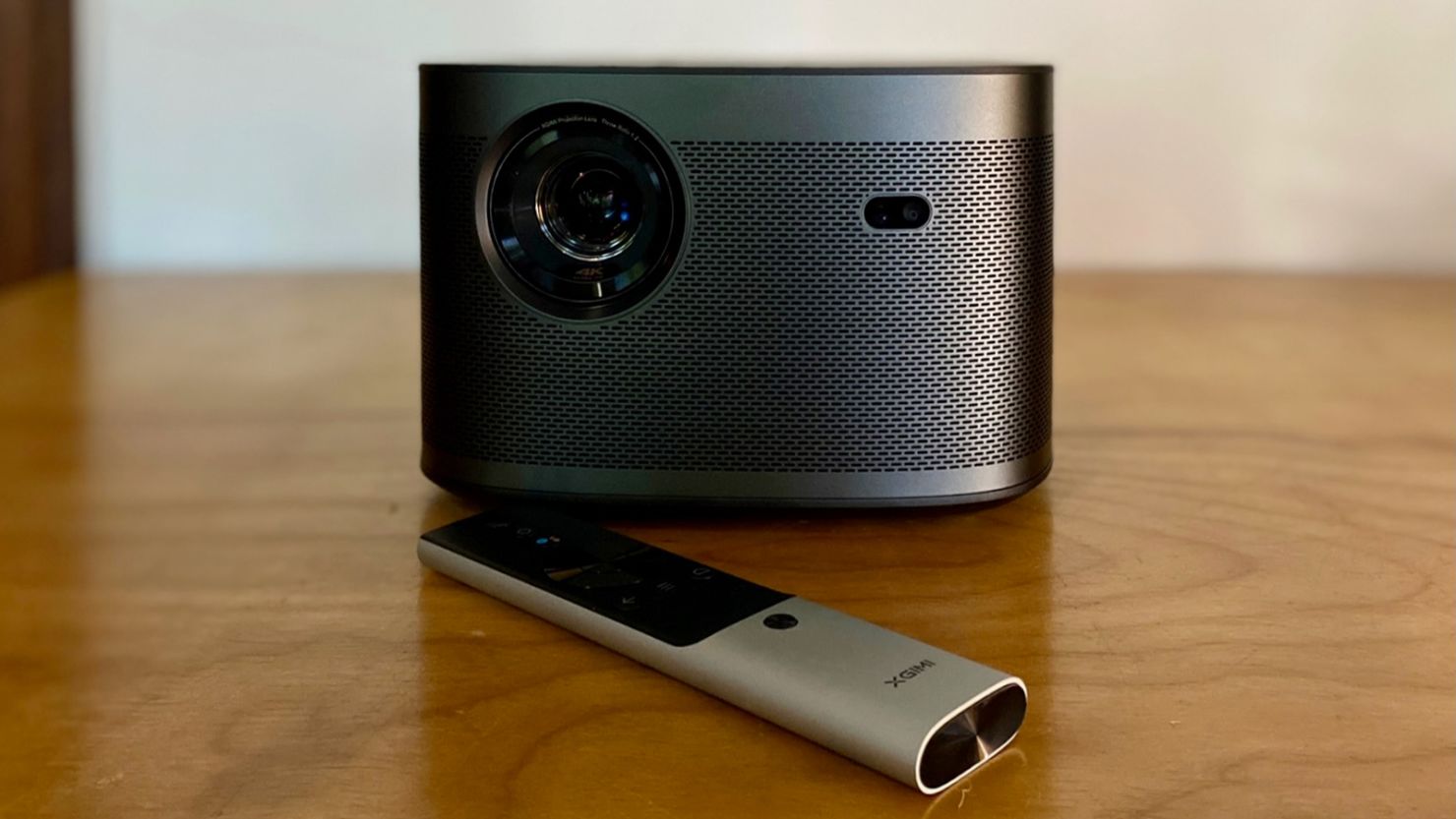

Home Entertainment Systems
How To Connect Projector To Speakers
Published: December 30, 2023
Learn how to connect a projector to speakers for an enhanced home entertainment system. Find step-by-step instructions and tips for seamless integration.
(Many of the links in this article redirect to a specific reviewed product. Your purchase of these products through affiliate links helps to generate commission for Storables.com, at no extra cost. Learn more)
Introduction
Welcome to the world of home entertainment systems, where the fusion of cutting-edge technology and immersive audio-visual experiences takes center stage. In this article, we will delve into the art of connecting a projector to speakers, unlocking the potential for a truly cinematic audio-visual journey within the comforts of your own home.
As the demand for home theaters continues to soar, the desire for an authentic movie theater experience within the confines of our living spaces has become increasingly prevalent. Whether you are a movie enthusiast, a gaming aficionado, or a music lover, the ability to seamlessly integrate a projector with high-quality speakers is paramount in elevating the overall audio-visual experience.
Throughout this guide, we will unravel the intricacies of connecting a projector to speakers, exploring the various connections, adjusting audio settings, and troubleshooting common issues. By the end of this journey, you will be equipped with the knowledge and expertise to transform your living room into a captivating entertainment hub, where every visual spectacle and auditory nuance is amplified to its fullest potential.
So, let's embark on this immersive expedition, where the convergence of technology and entertainment converges to redefine the way we experience audio-visual marvels within the confines of our homes.
Key Takeaways:
- Elevate your home entertainment experience by seamlessly connecting a projector to speakers, unlocking the potential for a captivating audio-visual journey within the comforts of your own home.
- With the right connections and audio settings, transform your living room into a captivating entertainment hub, where every visual spectacle and auditory nuance is amplified to its fullest potential.
Read more: How To Connect Speaker To Epson Projector
Understanding the Connections
Before delving into the process of connecting a projector to speakers, it is essential to grasp the fundamental connections involved in this endeavor. The seamless integration of these two components hinges on a clear understanding of the available connectivity options and the optimal configurations for transmitting audio signals from the projector to the speakers.
First and foremost, it is crucial to identify the available audio output ports on the projector. Commonly, projectors are equipped with audio output options such as 3.5mm audio jacks, RCA connectors, HDMI ARC (Audio Return Channel), or optical audio outputs. Understanding the specific audio output interfaces on your projector will pave the way for a more streamlined and effective connection process.
Equally important is discerning the input options on the speakers. Whether you are utilizing a soundbar, a stereo receiver, or a dedicated speaker system, being cognizant of the available input ports such as HDMI, 3.5mm audio inputs, RCA inputs, or optical audio inputs is paramount. This knowledge forms the cornerstone for establishing a seamless audio transmission pathway from the projector to the speakers.
Moreover, it is essential to ascertain the type of audio signal being transmitted from the projector. This can range from standard stereo audio to multichannel surround sound formats such as Dolby Digital or DTS. Understanding the audio signal format is pivotal in ensuring compatibility between the projector and the speakers, thereby optimizing the overall audio performance.
By familiarizing ourselves with the available audio output ports on the projector, the input options on the speakers, and the nature of the audio signal being transmitted, we lay a solid foundation for the subsequent steps involved in connecting the projector to the speakers. With this comprehension in place, we are poised to embark on the journey of integrating these components to orchestrate a captivating audio-visual symphony within our home entertainment domain.
Connecting the Projector to the Speakers
With a comprehensive understanding of the available connections and audio transmission pathways, we are ready to embark on the pivotal phase of physically linking the projector to the speakers. The process involves leveraging the identified audio output ports on the projector and the corresponding input options on the speakers to establish a seamless audio conduit.
1. Identify Audio Output Port on the Projector: Begin by locating the audio output port on the projector. This may be a 3.5mm audio jack, RCA connectors, HDMI ARC, or optical audio output, depending on the projector model. Once identified, this port serves as the point of origin for the audio signal transmission.
2. Select the Appropriate Audio Cable: Based on the audio output port on the projector and the input options on the speakers, choose the appropriate audio cable to facilitate the connection. For instance, if the projector features a 3.5mm audio output and the speakers have a corresponding 3.5mm audio input, a standard 3.5mm audio cable will suffice. Alternatively, if the projector offers an optical audio output and the speakers possess an optical audio input, an optical audio cable is the preferred choice.
3. Establish the Physical Connection: With the selected audio cable in hand, connect one end to the audio output port on the projector and the other end to the input port on the speakers. Ensure a secure and snug connection to prevent signal interference or audio distortion during transmission.
4. Power On the Devices: Once the physical connection is established, power on the projector and the speakers. This enables the audio signal to flow from the projector to the speakers, culminating in a harmonious fusion of captivating visuals and immersive sound.
5. Test the Audio Output: To validate the successful connection, play a test audio or video content through the projector. Verify that the sound is being transmitted to the speakers and assess the audio quality to ensure a seamless integration between the projector and the speakers.
By meticulously executing these steps, we bridge the gap between the projector and the speakers, forging a unified audio-visual ecosystem within our home entertainment enclave. With the physical connection established, we are poised to delve into the realm of audio settings, fine-tuning the auditory landscape to suit our preferences and elevate the overall viewing and listening experience.
Make sure your projector has an audio output port. Connect one end of an audio cable to the projector’s audio output and the other end to the speakers’ input. Adjust the volume on both the projector and the speakers for the best sound.
Adjusting Audio Settings
Having successfully connected the projector to the speakers, the next phase entails optimizing the audio settings to ensure an immersive and tailored auditory experience that complements the visual splendor projected onto the screen. This process involves fine-tuning various audio parameters to achieve an optimal balance and fidelity in audio reproduction.
1. Audio Source Selection: Begin by selecting the appropriate audio source on the projector, especially if it supports multiple audio input options. This may involve navigating the projector’s menu system to designate the connected audio output as the primary audio source. By doing so, the projector directs the audio signal to the connected speakers, ensuring a synchronized audio-visual experience.
2. Audio Equalization and Balance: Many projectors offer built-in audio equalization settings, allowing users to adjust bass, treble, and overall sound balance. Leveraging these settings enables users to tailor the audio output to their preferences, whether emphasizing bass for a cinematic rumble or refining the treble for enhanced clarity in dialogue and vocals.
3. Surround Sound Configuration: If the speakers support surround sound formats, such as Dolby Digital or DTS, it is imperative to configure the projector to transmit the audio signal in the desired format. This may involve selecting the appropriate audio output format in the projector’s settings menu to unleash the full potential of the connected speakers, delivering an enveloping and multidimensional audio experience.
4. Volume Calibration: Calibrating the volume levels ensures a harmonious blend of audio and visual elements. Adjust the projector’s volume output to a level that complements the speakers’ capabilities, avoiding distortion while maintaining an impactful audio presence that enriches the overall viewing experience.
5. Audio Delay Adjustment: In scenarios where audio and video synchronization issues arise, projectors often feature audio delay adjustment settings. This functionality allows users to align the audio output with the video playback, mitigating any perceptible discrepancies and ensuring a seamless fusion of sound and visuals.
By adeptly navigating these audio settings, we sculpt the auditory landscape to mirror our preferences, amplifying the emotional resonance of cinematic soundtracks, the immersive allure of gaming audio, and the melodic richness of music within our home entertainment sanctuary. With the audio settings finely calibrated, we are poised to revel in the symphony of sights and sounds that define our personalized audio-visual haven.
Troubleshooting Common Issues
While the process of connecting a projector to speakers is designed to be seamless, occasional challenges may arise, impacting the audio-visual harmony within our home entertainment setup. By identifying and addressing these common issues, we can swiftly restore the immersive audio-visual experience and ensure that our cinematic escapades remain unhindered by technical hiccups.
1. No Audio Output: If the speakers fail to produce sound despite a seemingly secure connection, verify that the projector’s audio output is correctly configured. Additionally, inspect the audio cable for any signs of damage and ensure that it is firmly connected to both the projector and the speakers. Testing an alternative audio source with the speakers can help isolate the root cause and determine if the issue lies with the projector or the speakers.
2. Audio Distortion or Interference: In cases where audio distortion, static, or interference disrupts the sound output, inspect the audio cable for potential damage or signal degradation. Utilizing a different audio cable or cleaning the connection ports can rectify these issues. Furthermore, relocating the audio cable to minimize proximity to potential sources of electromagnetic interference, such as power cables or electronic devices, can mitigate audio disturbances.
3. Mismatched Audio Formats: If the audio signal from the projector is not compatible with the input capabilities of the speakers, ensure that the projector is configured to transmit an audio format supported by the speakers. Adjusting the projector’s audio output settings to align with the supported formats of the connected speakers resolves compatibility issues, facilitating the seamless transmission of audio signals.
4. Audio and Video Synchronization: Addressing audio and video synchronization discrepancies necessitates accessing the projector’s audio delay adjustment settings. Fine-tuning the audio delay to synchronize the sound with the projected visuals resolves any perceptible lag, ensuring a cohesive and immersive audio-visual presentation.
5. Power and Connectivity Checks: Verifying the power supply to the projector and the speakers, as well as inspecting the integrity of the audio cable connections, serves as a foundational troubleshooting step. Ensuring that all devices are powered on and the connections are secure mitigates potential issues stemming from power interruptions or loose connections.
By adeptly navigating these troubleshooting measures, we can swiftly diagnose and resolve common audio-related challenges, reinstating the seamless fusion of captivating visuals and immersive sound within our home entertainment realm. With these hurdles overcome, our cinematic odysseys and audio-centric endeavors unfold with uninterrupted splendor, unfettered by technical impediments.
Read more: How To Connect A Projector
Conclusion
Embarking on the journey of connecting a projector to speakers has unveiled the intricate tapestry that intertwines technology, entertainment, and immersive audio-visual experiences. Through a nuanced understanding of the available connections, the seamless integration of these components has transformed our living spaces into captivating home entertainment sanctuaries, where every visual spectacle is accompanied by a symphony of immersive sound.
As we navigated the process of physically linking the projector to the speakers and fine-tuning the audio settings, we unearthed the transformative power of harmonizing visuals with captivating soundscapes. The art of adjusting audio parameters and troubleshooting common issues has empowered us to curate personalized audio-visual domains, where cinematic marvels, gaming adventures, and musical odysseys unfold with unparalleled resonance and impact.
In this convergence of technology and entertainment, the fusion of a projector and speakers transcends the mere amalgamation of devices; it encapsulates the orchestration of immersive experiences, the elevation of mundane moments into captivating narratives, and the creation of indelible memories within the confines of our homes.
Armed with the knowledge and expertise garnered from this expedition, we stand poised to revel in the symphony of sights and sounds that define our personalized audio-visual havens. Whether it’s the thunderous crescendo of a cinematic masterpiece, the melodic allure of a musical performance, or the immersive ambiance of gaming audio, our home entertainment systems stand as testaments to the seamless fusion of technology and human emotion.
As we continue to unravel the frontiers of home entertainment, let us cherish the transformative potential that resides within the seamless integration of a projector and speakers. For within this convergence lies the power to transcend the ordinary, to amplify the extraordinary, and to craft immersive narratives that resonate with the essence of our audio-visual aspirations.
So, let the symphony unfold, the visuals dance, and the soundscapes enrapture, for within our home entertainment systems, the convergence of technology and human emotion paints a canvas of captivating experiences that linger in the heart and mind long after the curtains have fallen.
Frequently Asked Questions about How To Connect Projector To Speakers
Was this page helpful?
At Storables.com, we guarantee accurate and reliable information. Our content, validated by Expert Board Contributors, is crafted following stringent Editorial Policies. We're committed to providing you with well-researched, expert-backed insights for all your informational needs.
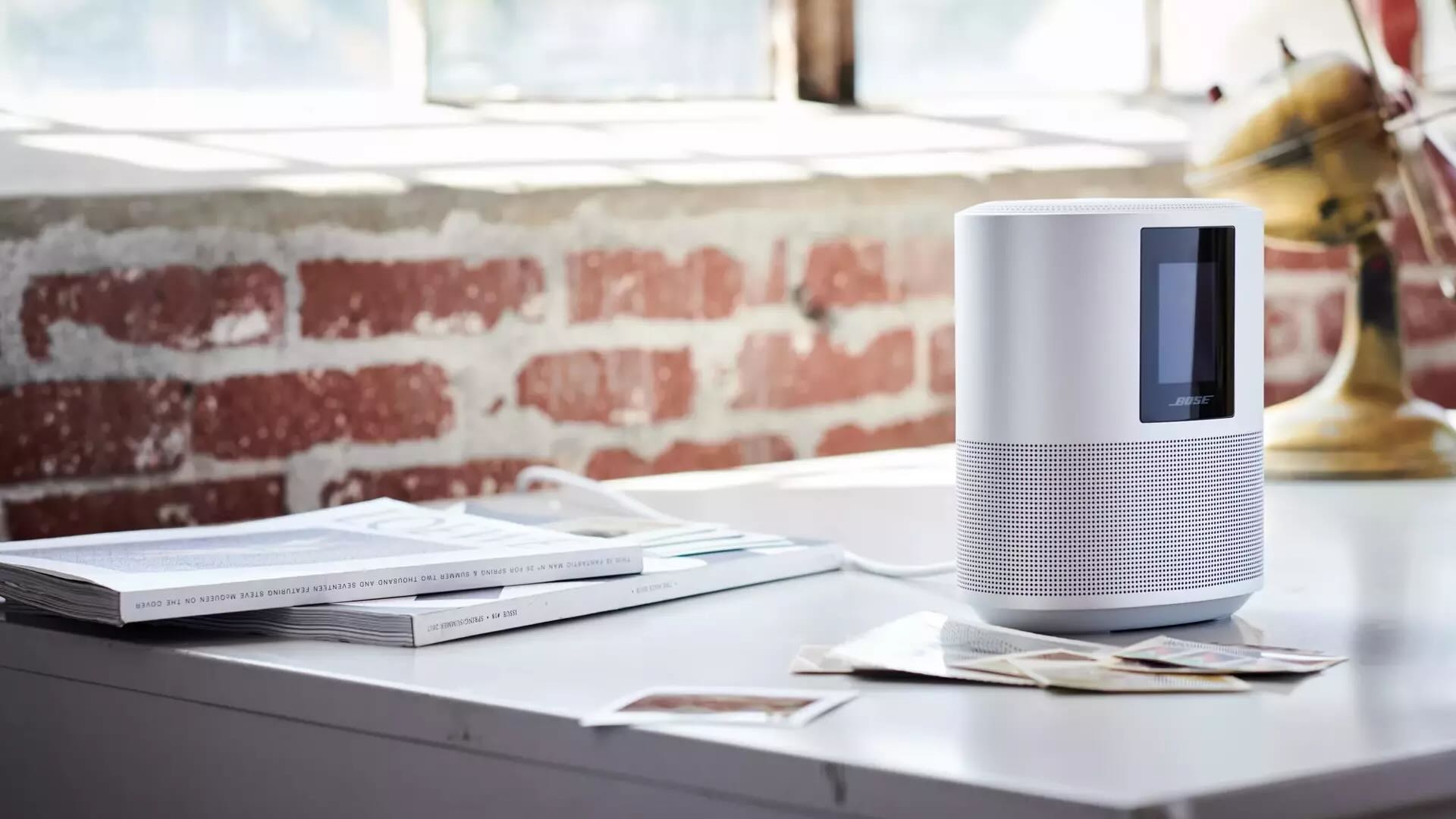
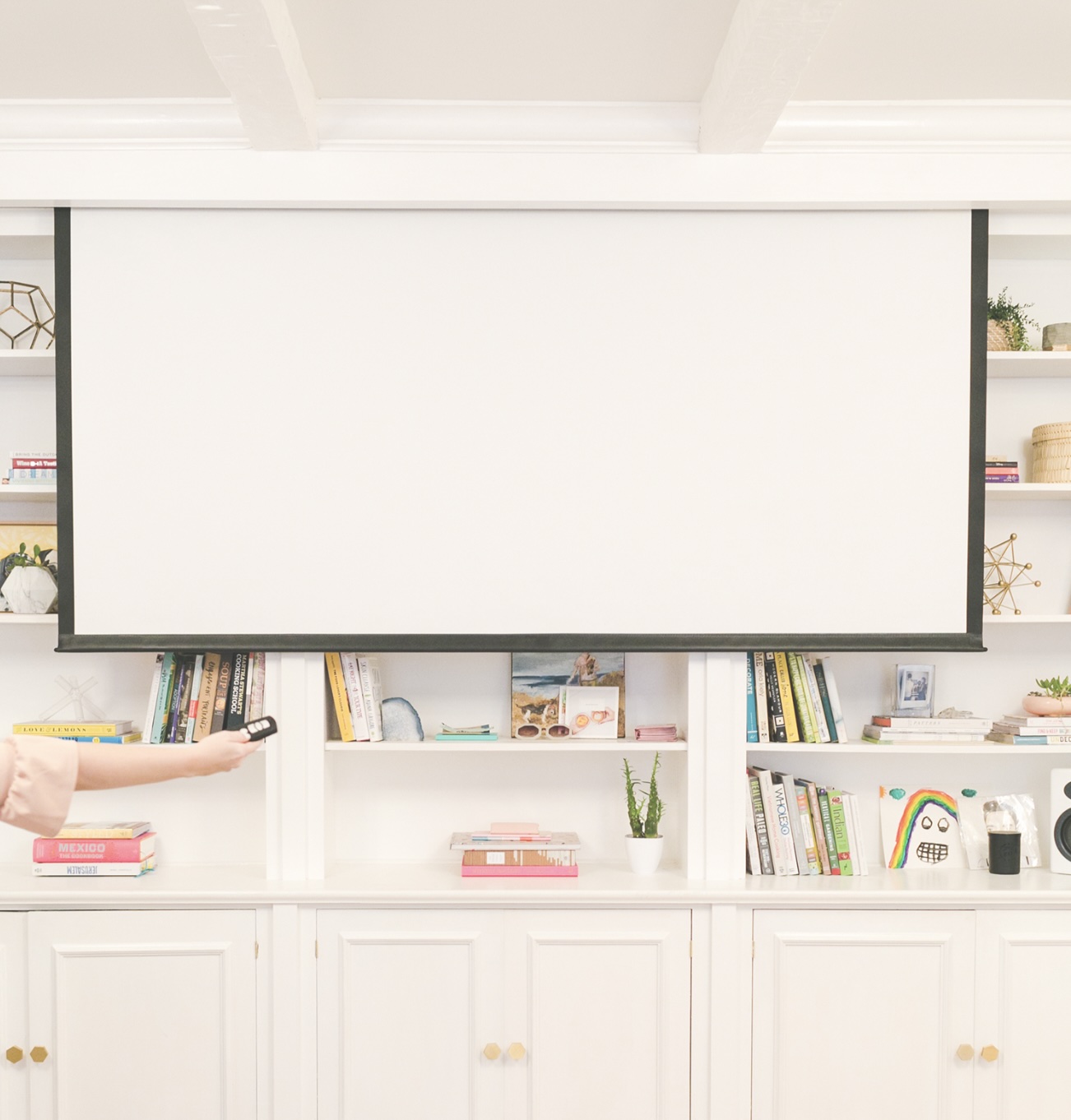
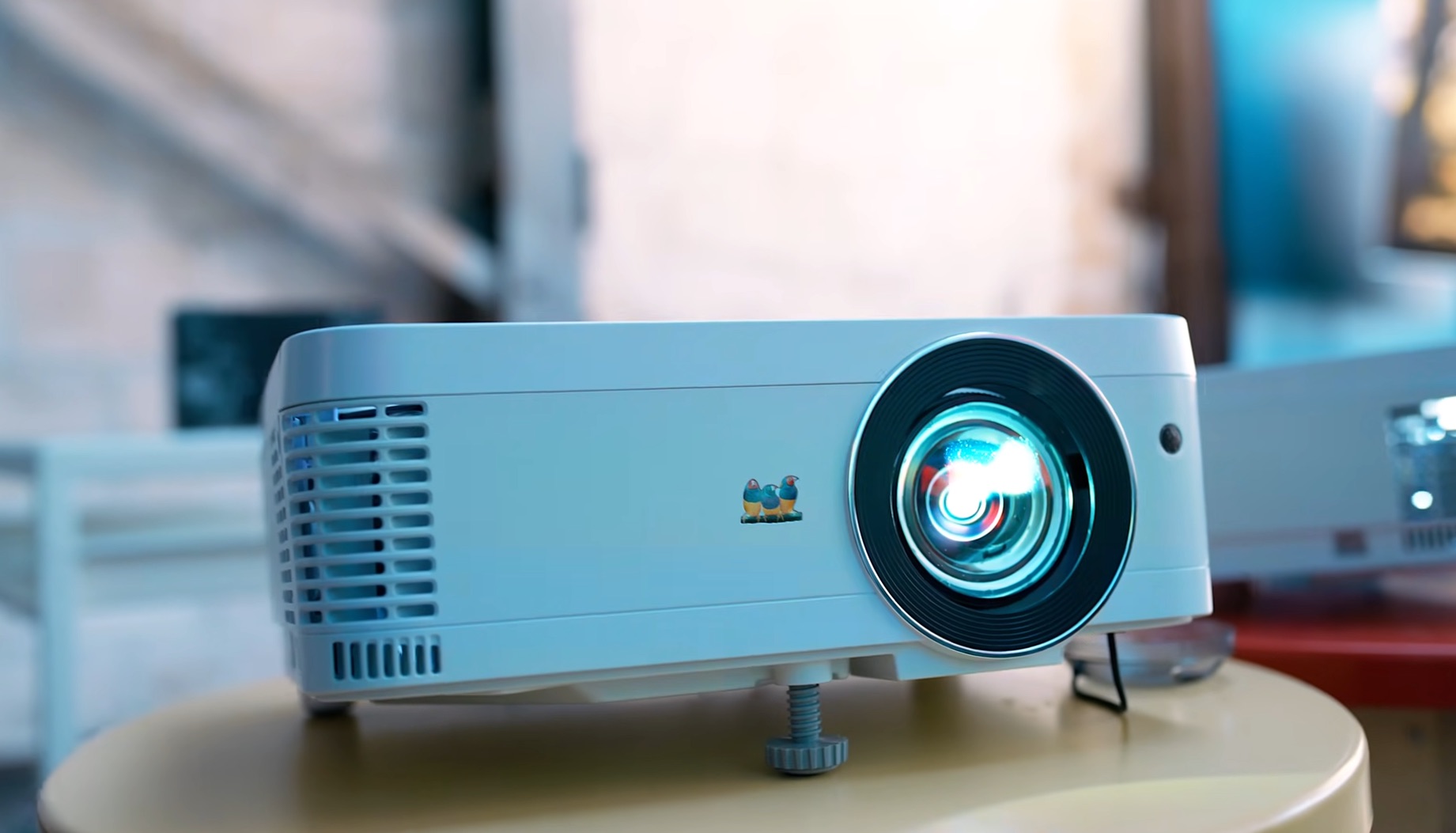
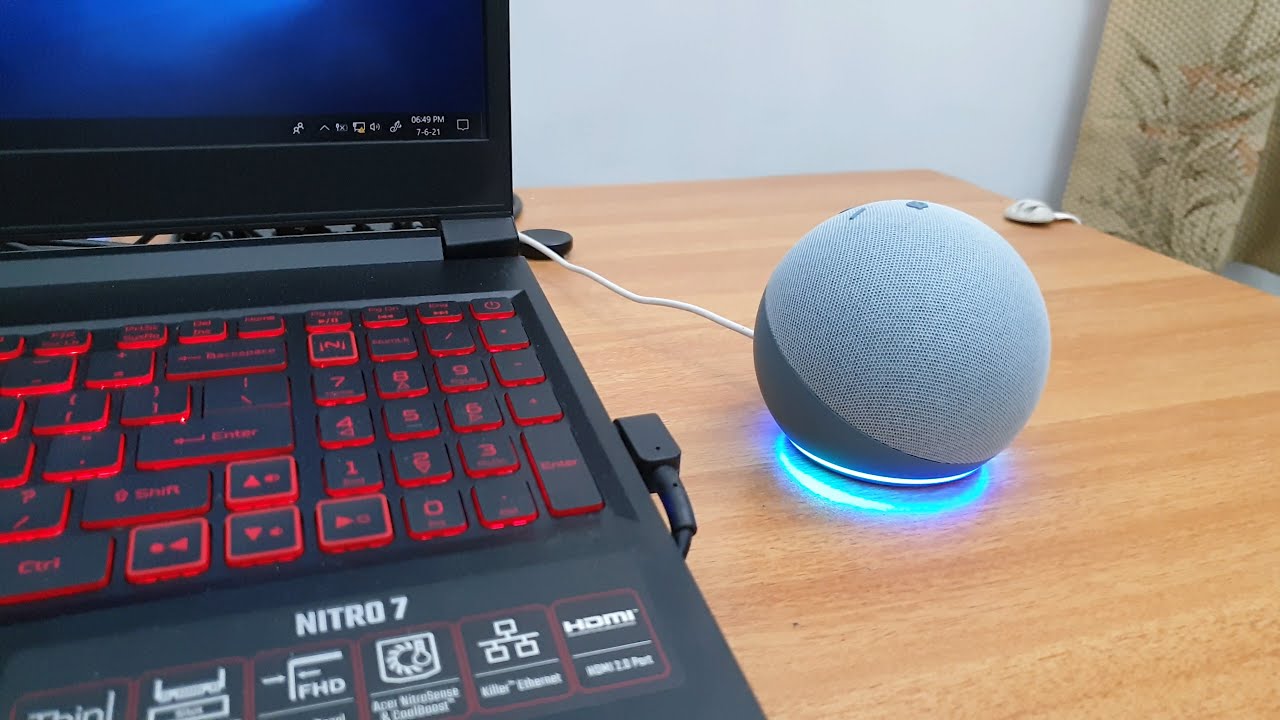
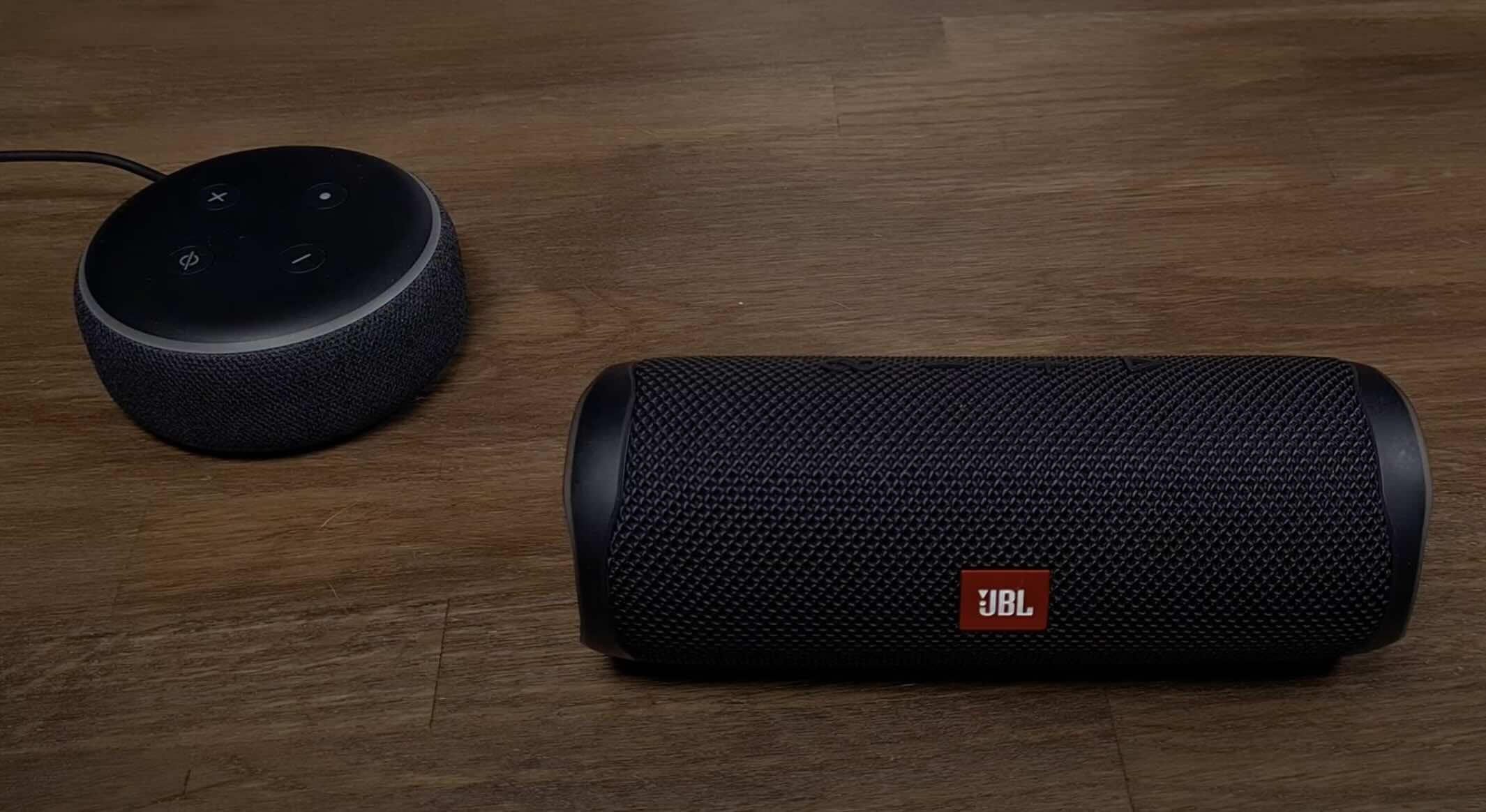
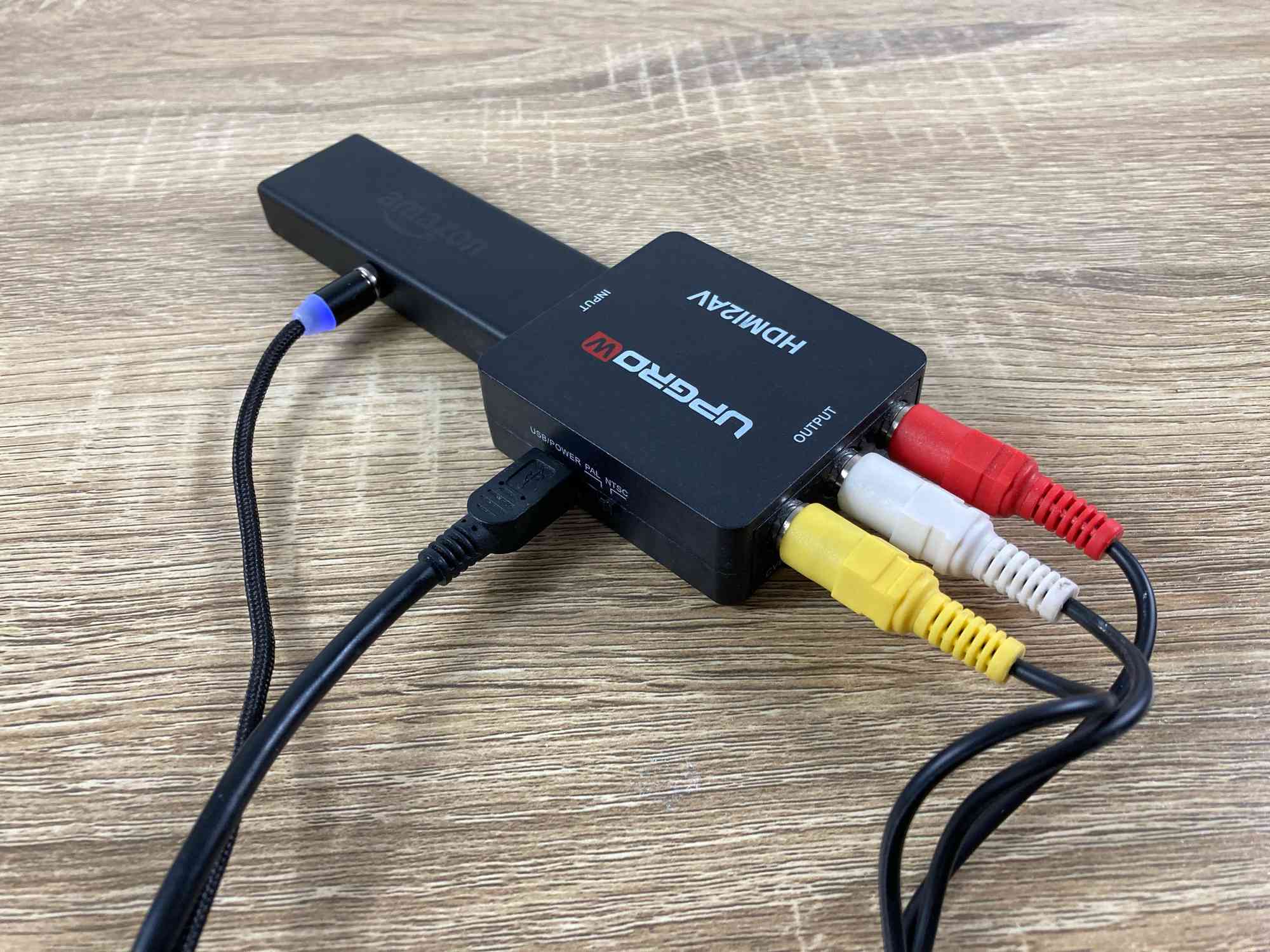
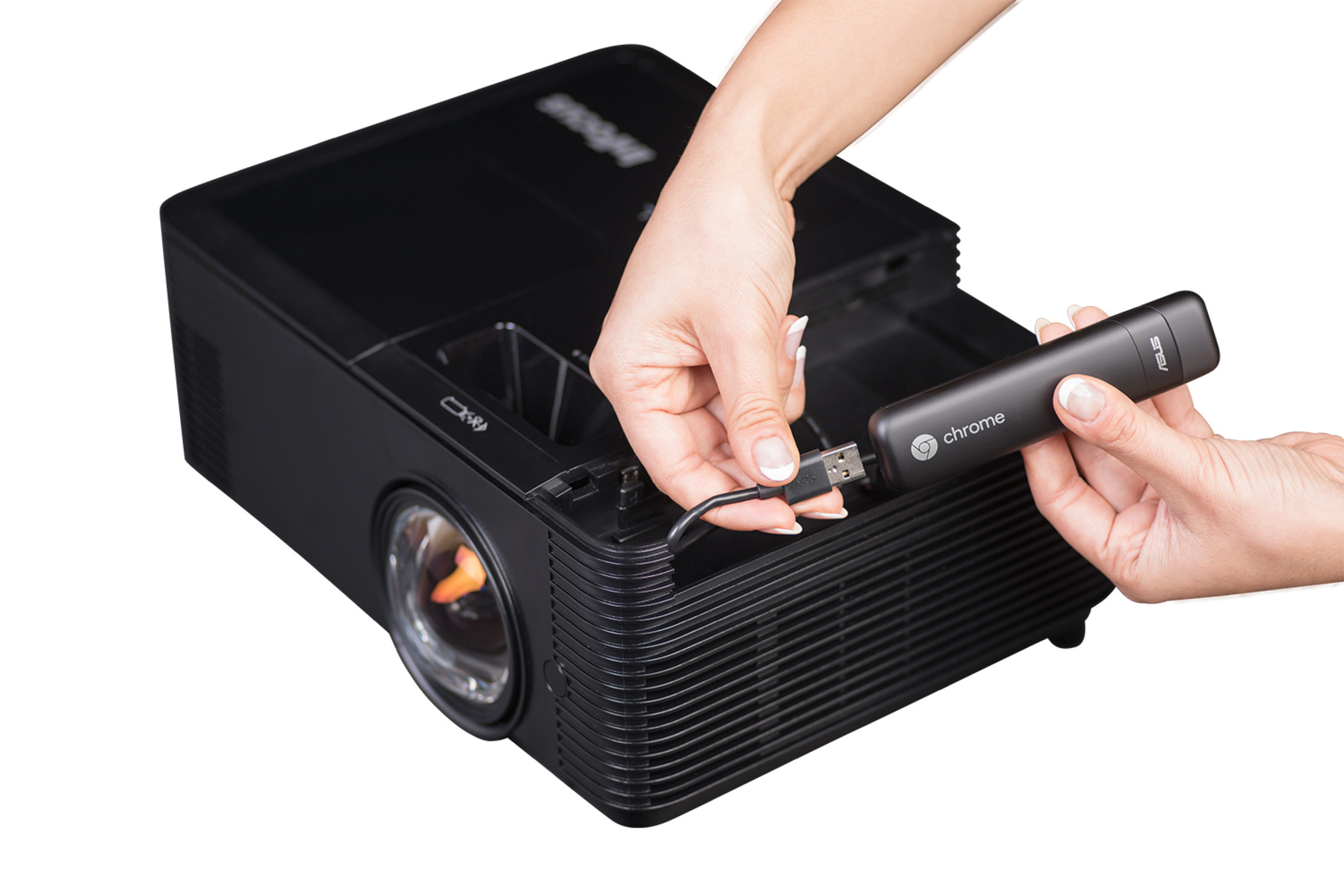
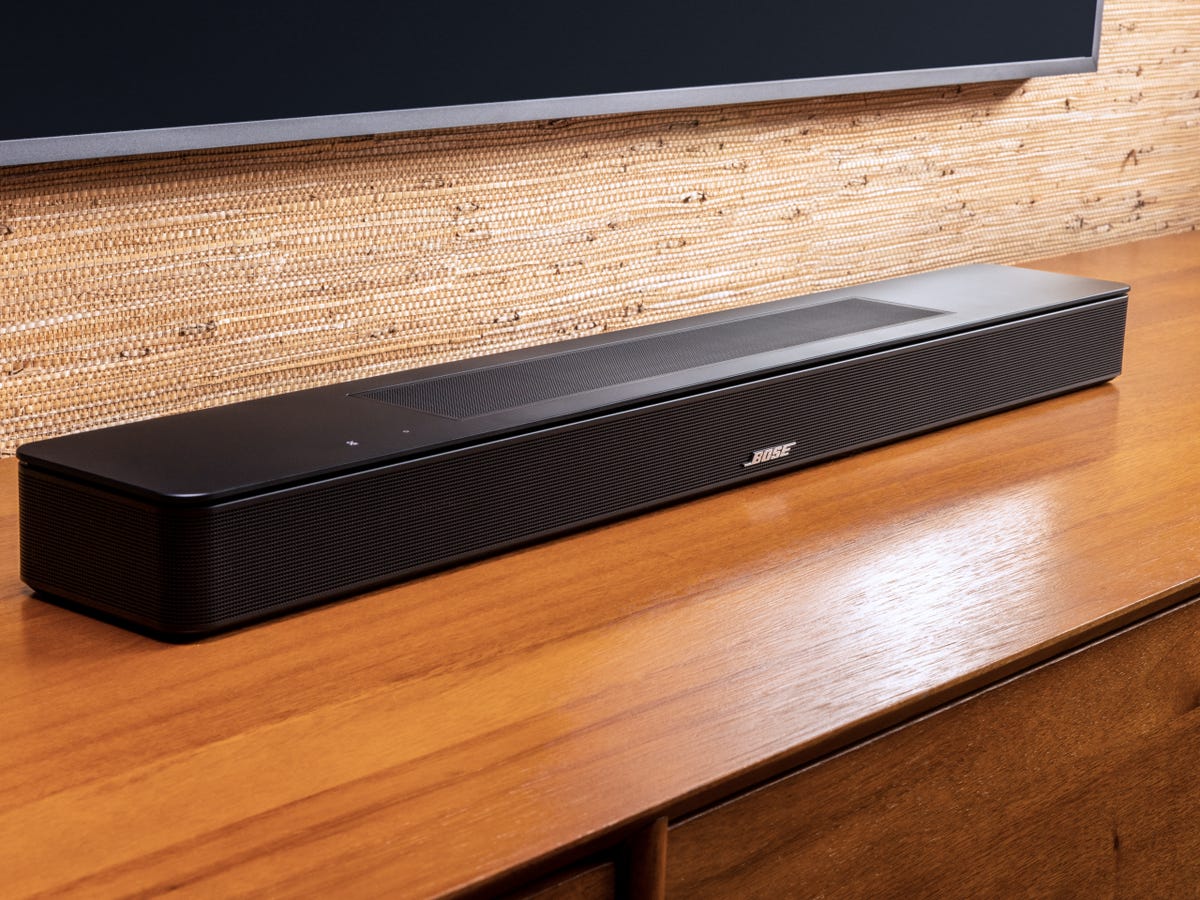

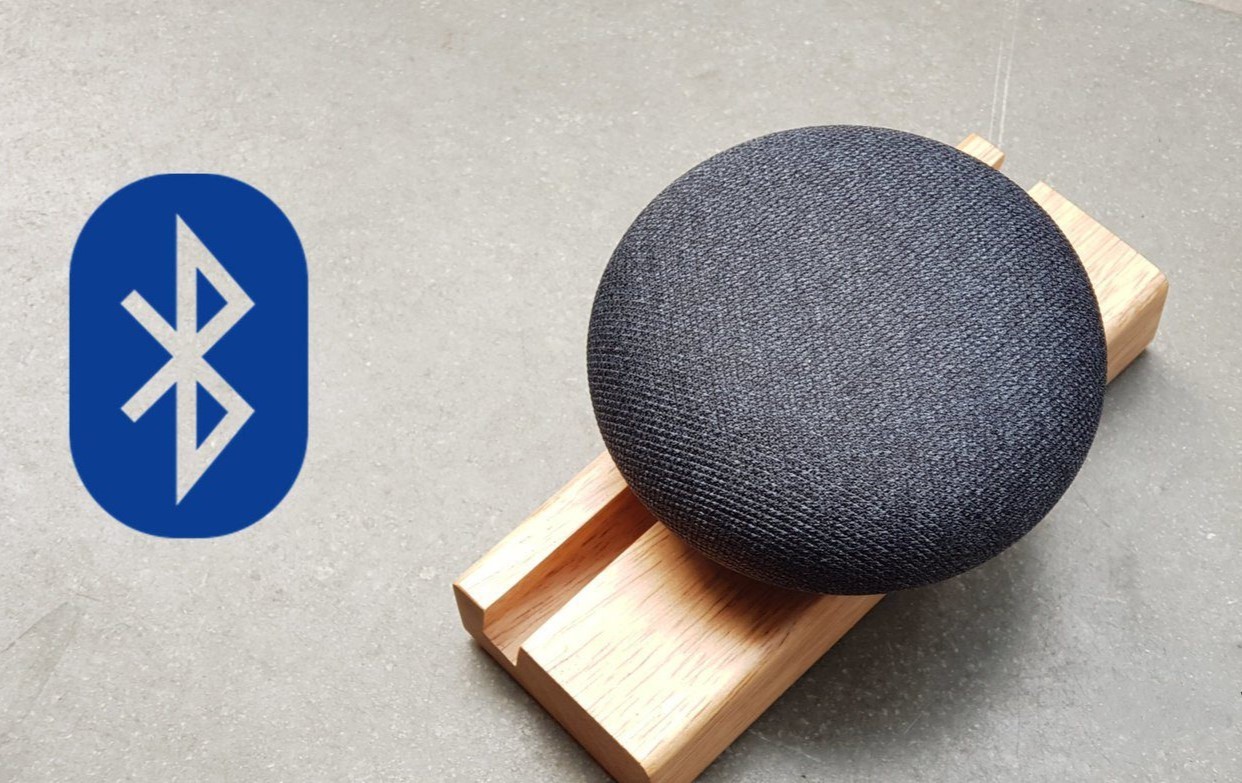
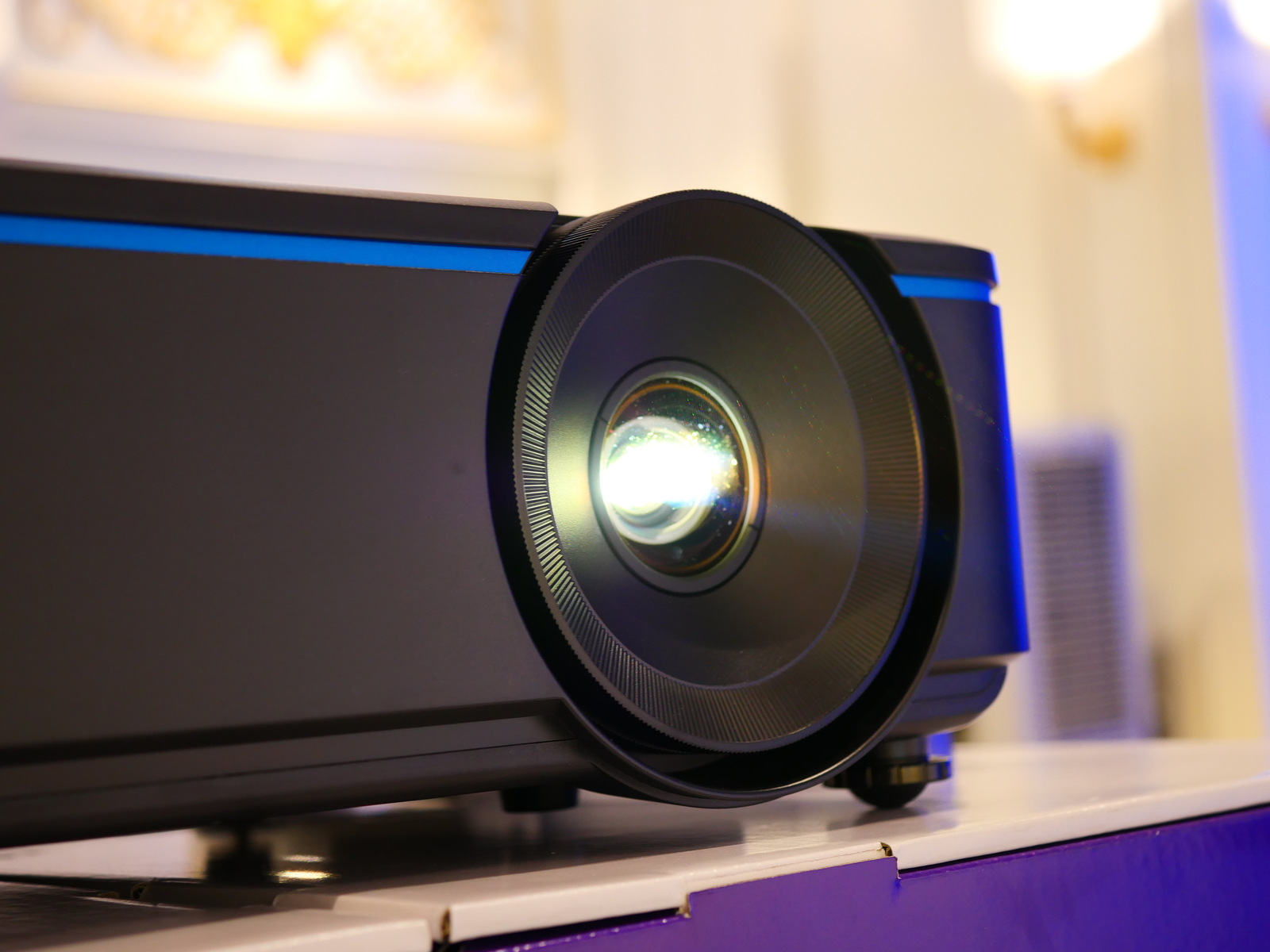
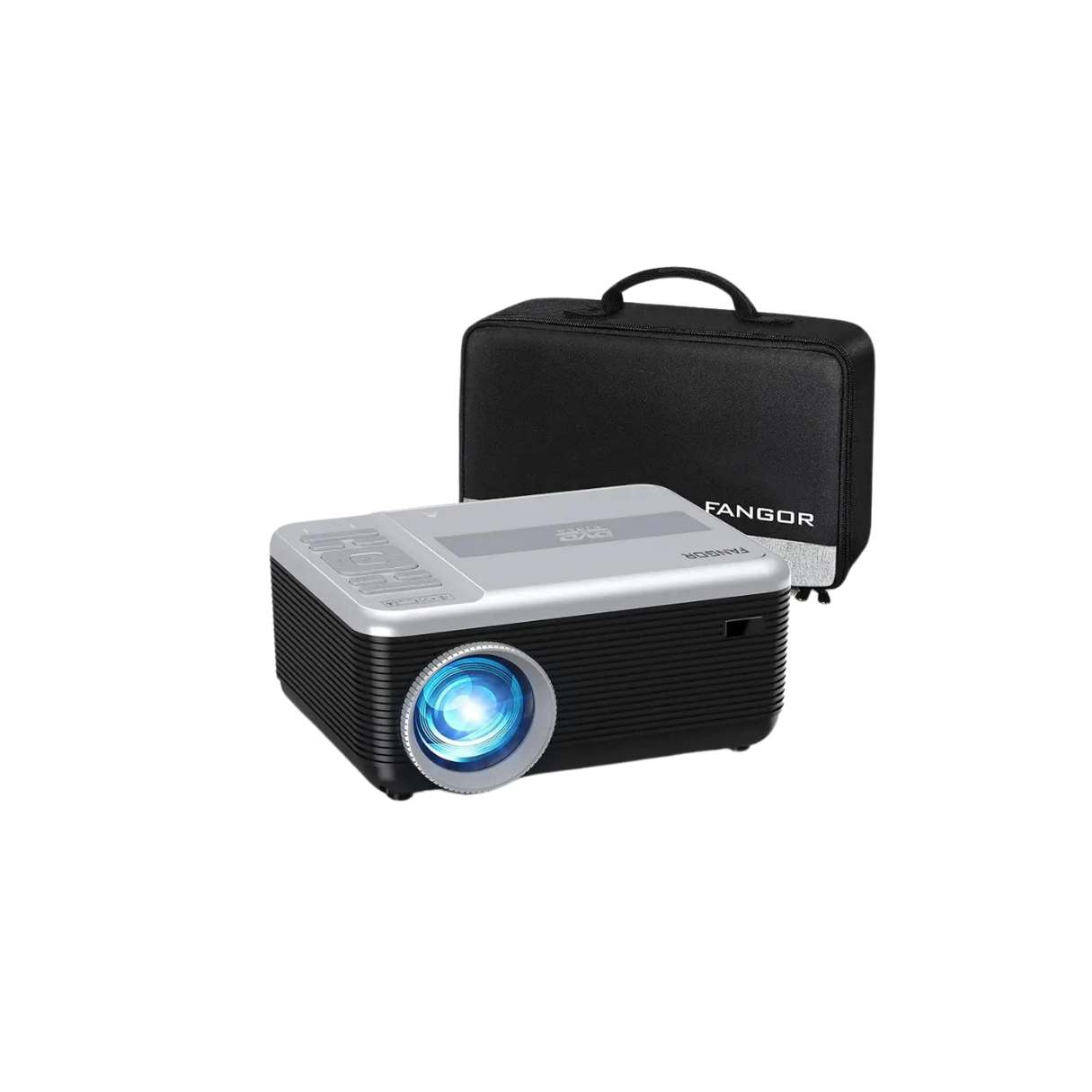

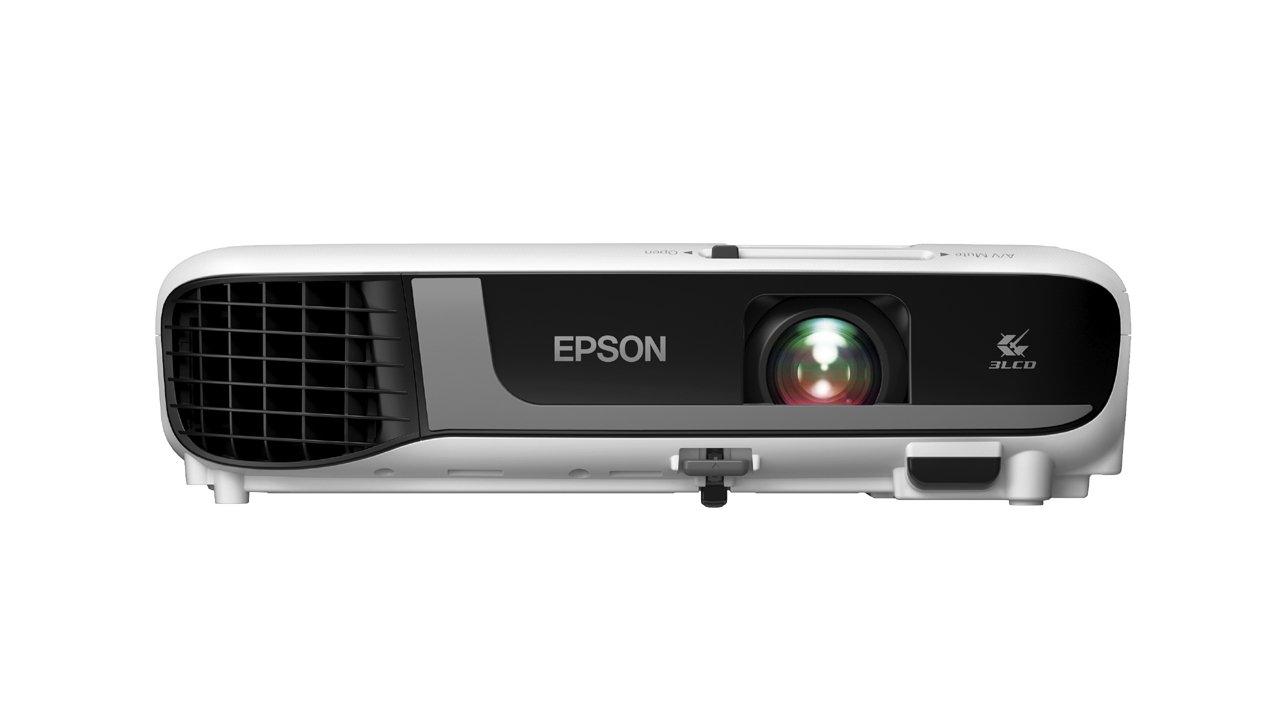

0 thoughts on “How To Connect Projector To Speakers”